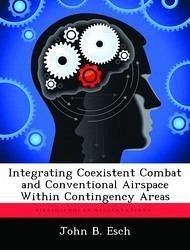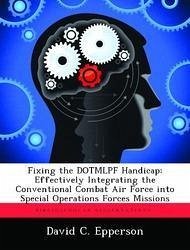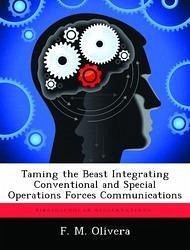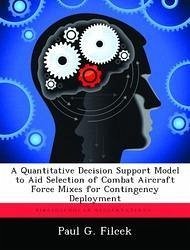
Integrating Coexistent Combat and Conventional Airspace Within Contingency Areas
Versandkostenfrei!
Versandfertig in über 4 Wochen
53,99 €
inkl. MwSt.

PAYBACK Punkte
27 °P sammeln!
During past contingency operations and against a backdrop of competing geopolitical and economic goals, the US military, its allies, and coalition partners found it necessary to integrate combat and conventional airspaces to support military objectives. The airspace management personnel who planned and executed these operations faced the challenge of combining two, distinct airspace control systems within a coexistent environment. The first system, combat airspace control provided under the theater air ground system, directly supported the joint task force commander's operations through safely...
During past contingency operations and against a backdrop of competing geopolitical and economic goals, the US military, its allies, and coalition partners found it necessary to integrate combat and conventional airspaces to support military objectives. The airspace management personnel who planned and executed these operations faced the challenge of combining two, distinct airspace control systems within a coexistent environment. The first system, combat airspace control provided under the theater air ground system, directly supported the joint task force commander's operations through safely and efficiently controlling airspace over the joint operations area. The second system, conventional air traffic services, handled civil and noncombat aircraft in host nation airspace, inclusive of, or adjacent to the joint operations area. The distinctions between these two systems are established in aircraft separation standards and techniques, and the significant fact that combat and conventional operations vie for use of the same airspace.














